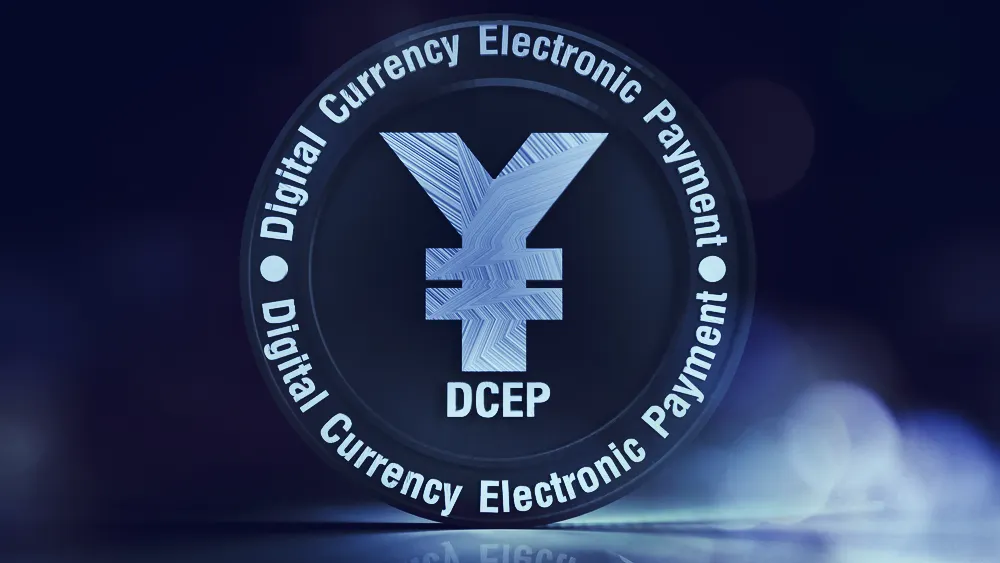In brief
- China has been working on its own digital currency since 2014.
- The government sees a digital currency as a way to more directly control monetary supply.
- But there are concerns it could be used as a tool for surveillance.
For the past 10 years, the world of digital currencies has been defined by companies, collectives, and in the case of Bitcoin, anonymous creators, releasing projects on the internet and creating wealth seemingly from nowhere.
Some of these have been incredibly successful. Bitcoin’s market capitalization, for example, is higher than Facebook’s, Tesla’s, Samsung’s, Visa’s, JP Morgan Chase’s, and Walmart’s.
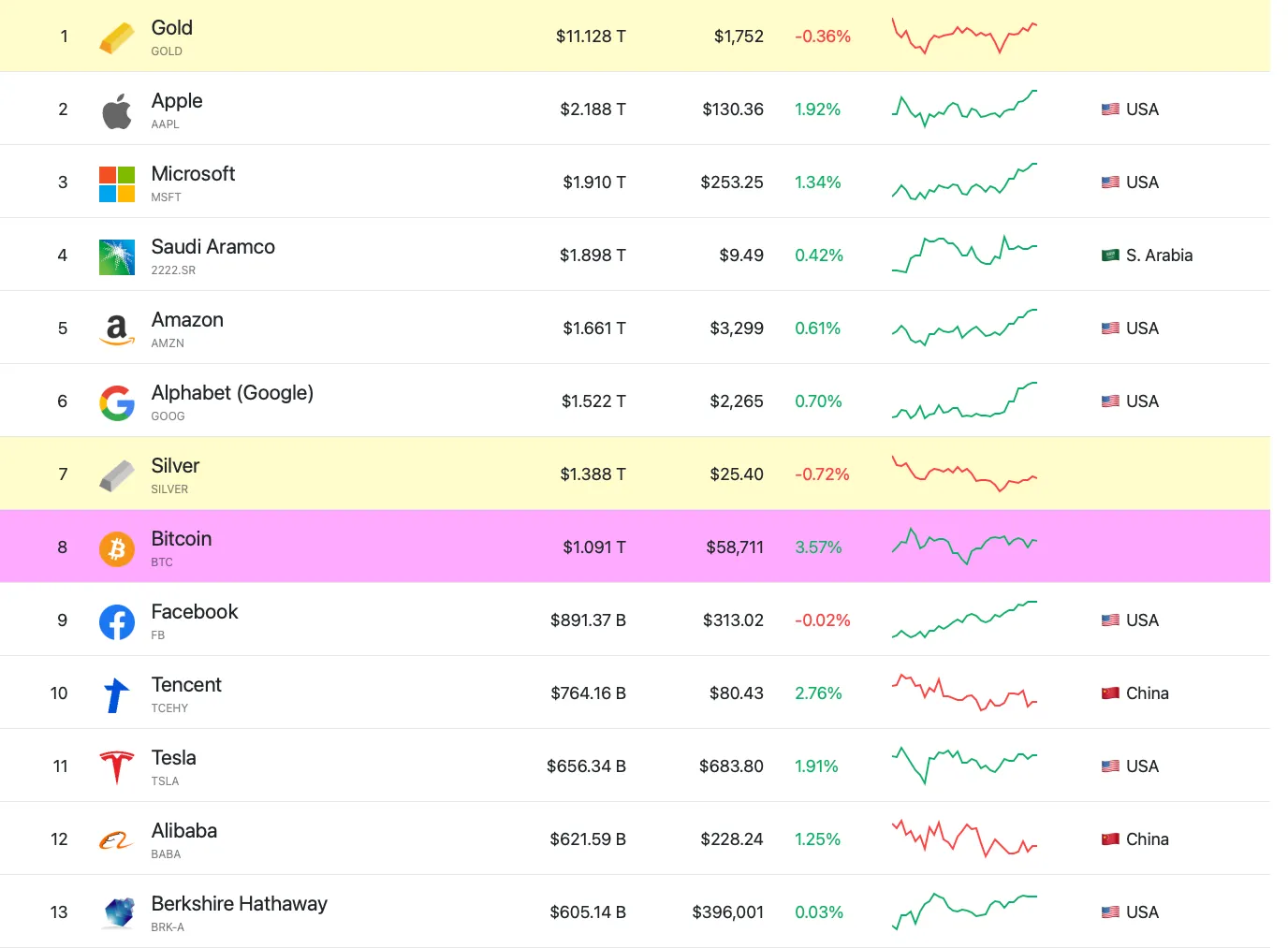
But while these currencies have helped bring about an age of digital money, nation-states have worried that an unregulated, and uncontrollable currency could inhibit a central bank’s ability to keep a country’s unit of exchange stable.
That’s led to an explosion in the number of governments exploring the possibility of building and releasing their own digital currencies, collectively called central bank digital currencies, or CBDCs.

Bank of Japan sets up digital Yen division to “expedite” CBDC research
The Bank of Japan—the country’s central bank—confirmed Monday it is setting up a new Central Bank Digital Currency (CBDC) division to speed up the project’s issuance and development, according to local news outlet Mainichi. The new division is set up under BoJ’s Payment and Settlement Systems Department. Ten members will work in the team led by Akio Okuno, a senior official with the payments department. The group takes over from BoJ’s previous digital currency team. No further reasons for the r...
While the number of countries actively exploring a state-controlled digital currency has been steadily growing, there is one large, industrialized country that is years ahead of its rivals: China. The Chinese state has been working on its own digital currency since 2014.
In tests in recent months, more than 100,000 people in China have downloaded a mobile phone app from the central bank enabling them to spend small government handouts of digital cash with merchants, including Chinese outlets of Starbucks and McDonald’s.

$1.5 million of China's CBDC Will be Distributed in Shenzhen
Chinese tech hub Shenzhen said Thursday it would distribute over 10 million yuan ($1.5 million) to citizens as part of a broader pilot test for its national digital currency, reported local news outlet CGTN. The move would help stimulate public consumption and test demand for the Chinese digital currency, officially called the Digital Currency Electronic Payment (DCEP). Funding the test is Shenzhen's Luohu District, which will distribute the DCEP to 50,000 recipients through a “lottery” system,...
But why has China been so quick to roll out the digital yuan, and why are other countries trying to do the same?
What is a CBDC?
At its simplest, a CBDC is an electronic record, or digital token that represents a virtual version of a fiat currency from a country or region.
Whereas Bitcoin is decentralizeddecentralized and largely unregulated by any one state authority, a CBDC is issued and regulated by a central government and managed according to that authority’s rules.
By being under the control of a state’s financial regulator, a CBDC will typically be backed by an equivalent monetary reserve. So far these have been either in the country’s own currency, that of another’s - like the US Dollar - or a precious metal such as gold or oil.
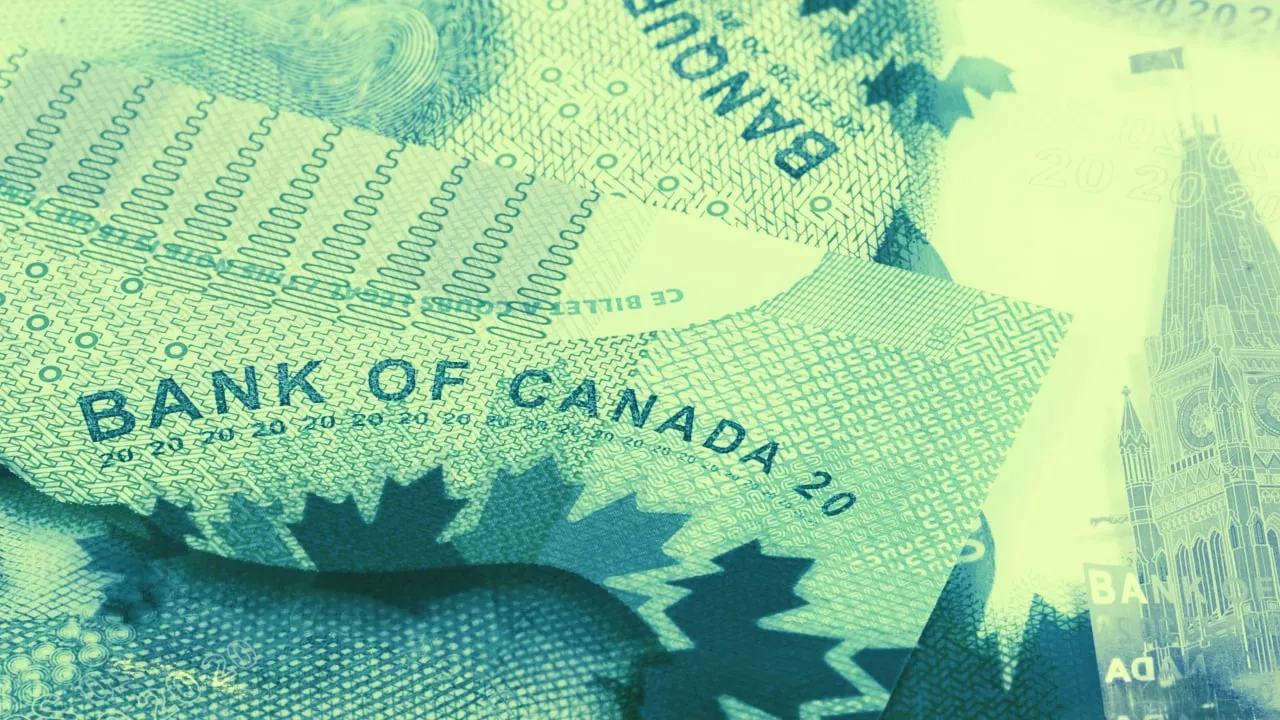
Bank of Canada Calls for “Globally Coordinated” Effort to Launch CBDCs
Bank of Canada governor Tiff Macklem confirmed the bank’s plans to work with its G7 partners on its plans for a Central Bank Digital Currency (CBDC) on Thursday, according to a report on Reuters. “If another country has one and we don’t, that could certainly create some problems. So we want to make sure we’re ready,” he said in an interview. A coordinated effort Macklem called for a “globally coordinated” approach to prevent the use of state-backed digital currencies by criminals and other mali...
The premise for a CBDC is to create a digital equivalent of a physical currency that is secure, unique - each token issued by the government will have a unique identifier, much like existing banknotes - and without the same friction that comes with printing, storing, and moving physical money around a country.
In the US, retail businesses lose about $40 billion annually because of the theft of banknotes. The US treasury meanwhile, loses at least $100 billion annually because of cash.
At the time of writing, there are more than a dozen countries exploring their own versions of CBDCs. The UK, Canada, Uruguay, Thailand, Venezuela, Switzerland, Sweden, Singapore, and Russia, for example, are all in differing stages of development.
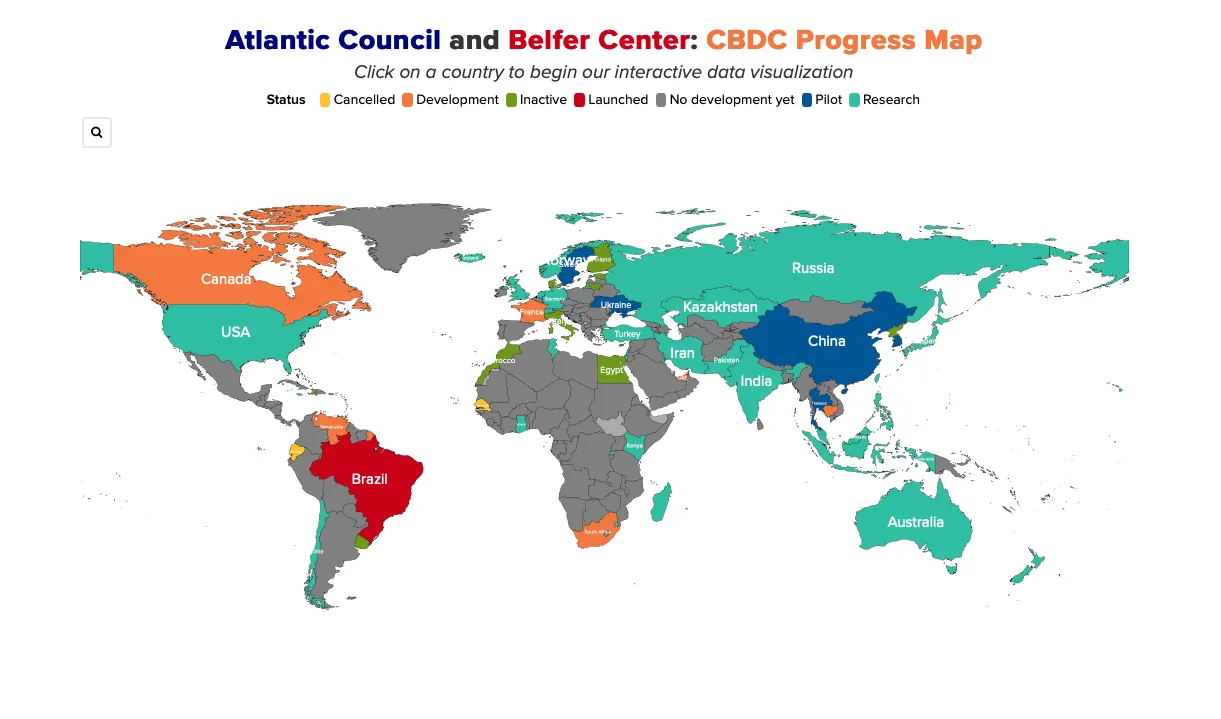
Venezuela, for example, has already deployed its own cryptocurrency, called the Petro. It’s allegedly, tied to the price of oil and a range of other commodities, although this claim has been challenged recently. While the Petro has been in use for several years, its uptake among Venezuelans has been minimal thus far, and many have quickly exchanged it for US dollars and goods and services.
Why are countries so interested in building a CBDC?
The motives vary from country to country as to why a CBDC is so appealing. In the case of Venezuela, it’s widely accepted the government sees it as a way of circumventing sanctions imposed by the US, allowing it to access the international finance markets.
Russia too sees CBDCs as a way of conducting business without international oversight.
Another reason governments are interested in building their own digital currency is to guard against an overreliance on banks to manage and control monetary supply.
In the current monetary system, banks form an integral part of a working economy. They distribute money to citizens, businesses and provide credit facilities to allow borrowing and lending. However, when these banks get into trouble, they can jeopardize a country’s stability.
During the 2008 financial crisis, central banks across the world bailed out the banking sector to prevent the collapse of the global economy. If the banks went, so the means of moving money would go with it. A CBDC could, in theory, allow a government to take a more active role in the provision and distribution of cash throughout an economy, and lessen a country’s reliance on private institutions to keep the wheels turning.
Another reason is surveillance, something the Chinese state sees as a core tenet of its own efforts to launch a CBDC.
What is the Chinese Digital Yuan?
The digital yuan is essentially a replacement for banknotes and coins currently in circulation. It’s accessed on users' phones, who can then use the digital currency to buy goods and services.
So far in trials, the currency has been distributed in two ways. The first has involved the People’s Bank of China sending the digital yuan to commercial banks. The commercial banks then distribute the currency to their customers.
China's Digital Yuan Tries to Gain a Foothold
At 8PM Friday, more than $3 million dollars in digital yuan was airdropped to 10 thousand residents of Suzhou, a city known for its exquisite Classical Gardens. The lucky ones now suddenly each had RMB 200, an equivalent of $30, in their wallets. A key difference from the previous DCEP airdrops in Shenzhen, is that the Suzhou drop allows citizens to spend their windfall at both offline and online shops. This week’s da bing looks at the continuous development of DCEP and more importantly, the onl...
The other method of distribution has involved the Chinese state giving away millions of dollars worth of the digital currency via a series of state-run lotteries in a number of cities including Shenzhen, Chengdu, and Suzhou.
Users have to download a separate app to receive the currency. JD.com, one of China’s biggest e-commerce players, was involved in the trial and allowed customers to purchase items with the digital yuan.
While cryptocurrencies such as Bitcoin are prone to extreme bouts of price volatility, the People’s Bank of China will strictly control the digital yuan to ensure there aren’t valuation differences between it and the paper bills and coins.
This in theory prevents investors and traders from speculating in the digital yuan as some do with cryptocurrencies.
While the country’s regulators haven’t published final legislation for the program, the central bank says it may initially impose limits on how much digital yuan individuals can keep on their person, as a way to control how it circulates and provide users a dose of security and privacy.
Unique characteristics of the Chinese Yuan
The digital yuan is programmable, allowing Beijing to create a number of new methods to stimulate consumer spending. In testing, the yuan was given an expiry date to encourage users to spend it quickly.
The currency is also trackable, allowing China’s already considerable state surveillance infrastructure to monitor citizens more closely.
Fan Yifei, deputy governor of the PBOC, said in an article published in state-backed publication Yicai Global, that cash and coins were not easy to use, were easy to counterfeit and because of their anonymity, could be used for illicit purposes.
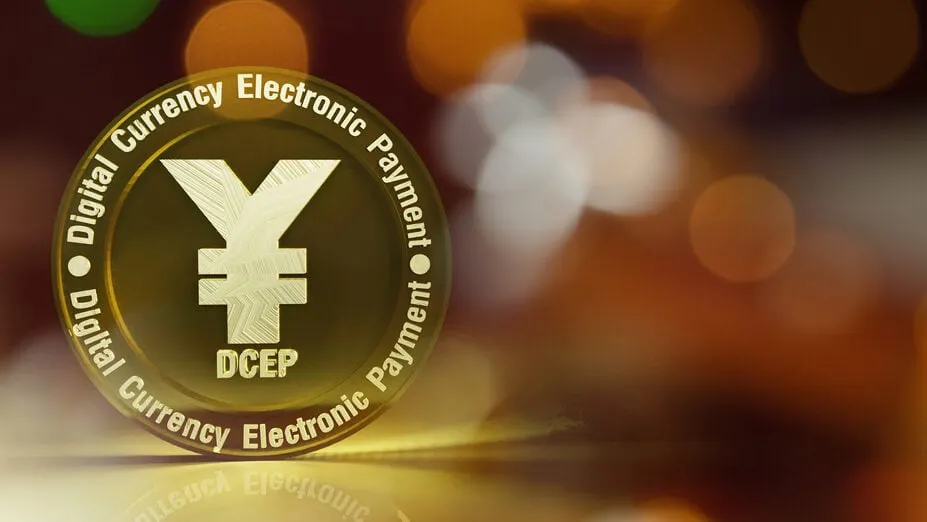
Fan outlined how data analysis of the digital yuan could help the central bank catch illegal activities. The Chinese state surveils its citizens more than any other: it deploys hundreds of millions of facial-recognition cameras to monitor its population, sometimes using them to levy fines for activities such as jaywalking.
A digital currency would make it possible to issue and collect fines as soon as it was detected. Understandably, the yuan’s rollout has caused concern among some of China’s citizens.
Song Ke, a finance professor at Renmin University in Beijing, told a conference that the amount of cash flowing through the Chinese economy had lept up by 10% in 2020, as citizens see cash as a means of keeping the central bank’s eyes out of transactions.
Plans for a nationwide rollout have yet to be announced, and Citic Securities estimates that it will take several years for the digital yuan to replace 10% of all physical cash in China.
But while China is racing ahead with its plans, its main economic rival, America, is still at the research phase. Some have argued that the digital yuan has ambitions far beyond its borders, and that its implementation could, in future, be a threat to the US dollar’s dominance as a reserve and settlement currency.
This post was created in partnership with Saidler & Co.
Sponsored post by Saidler & Co.
Learn More about partnering with Decrypt.


